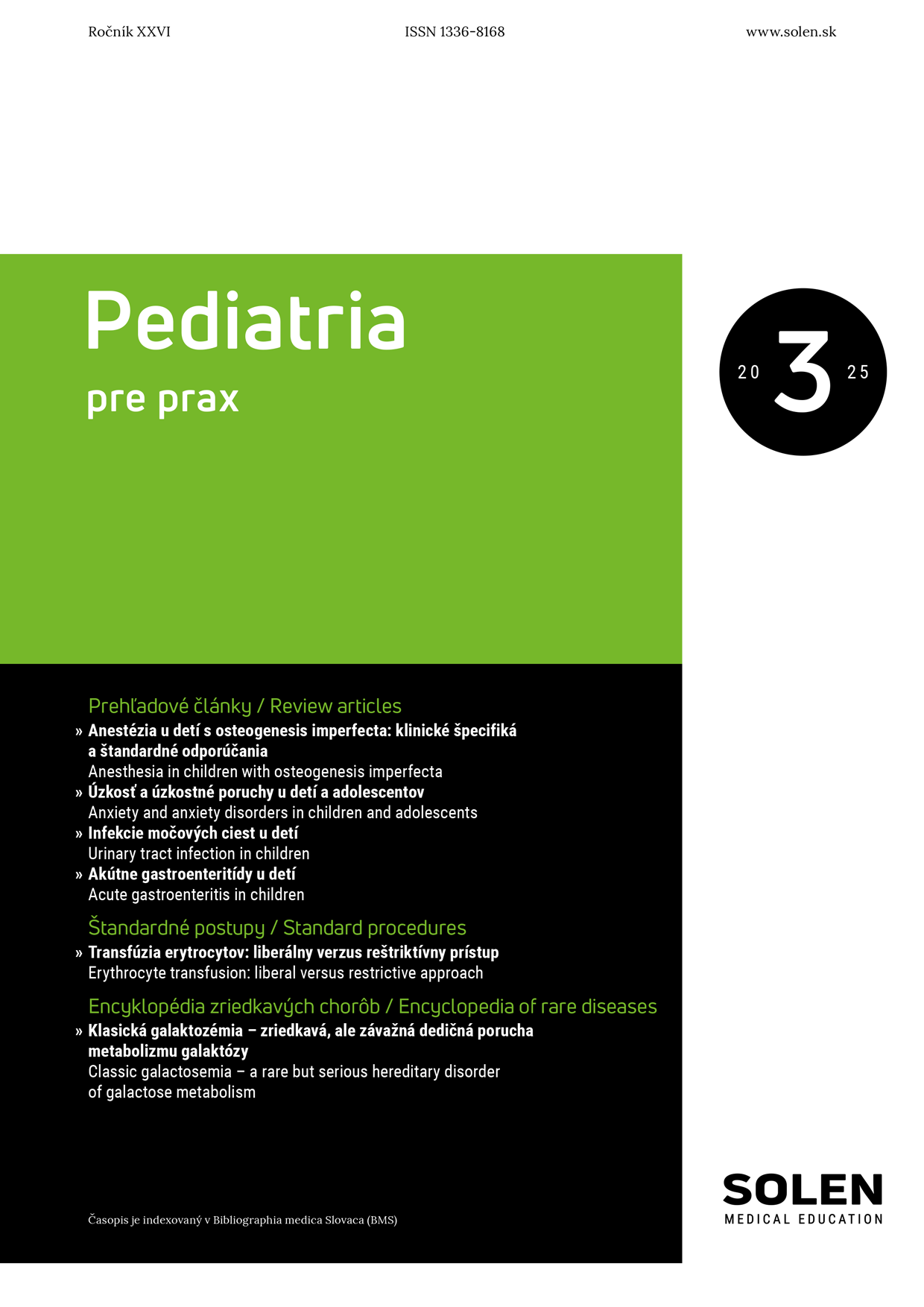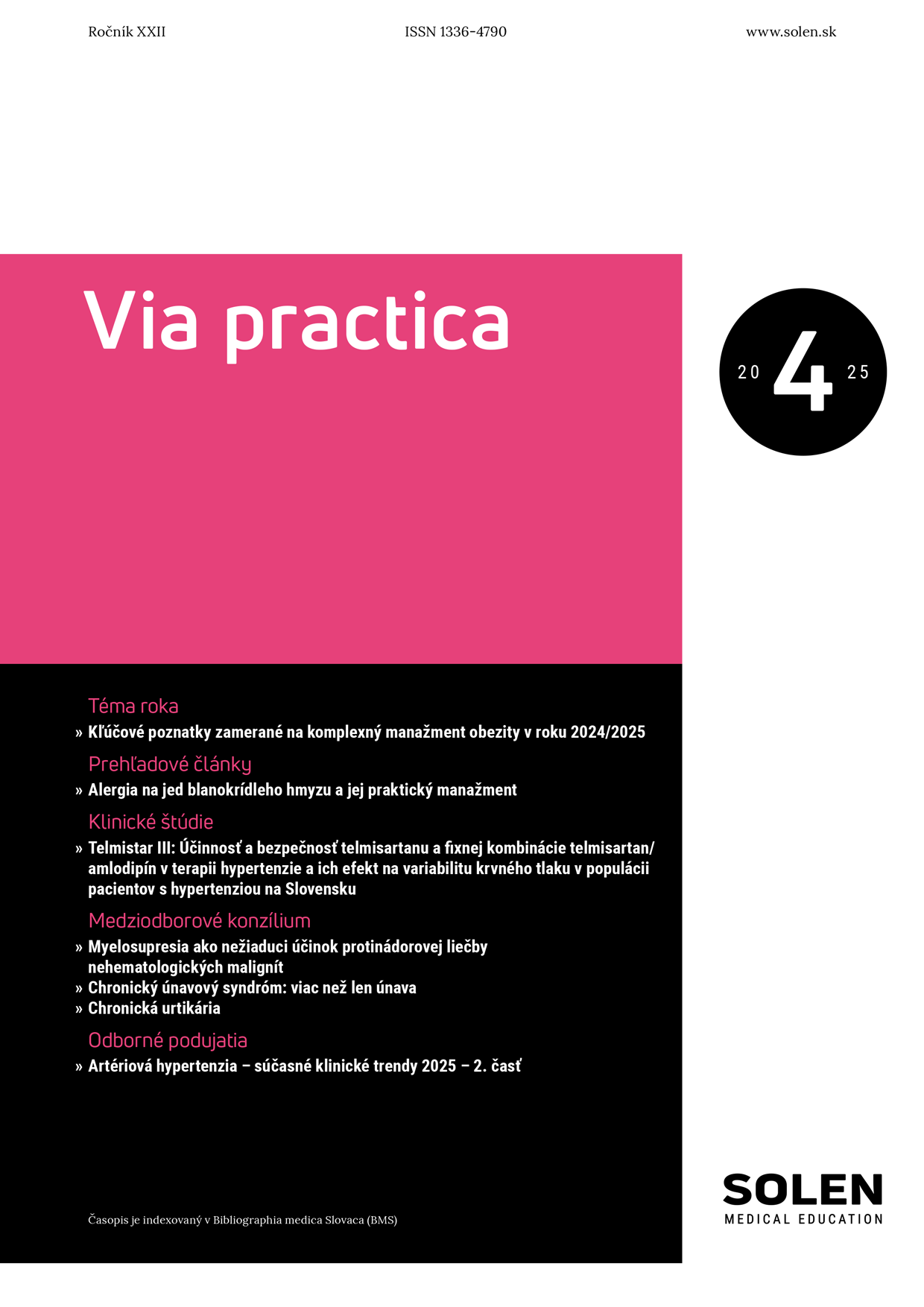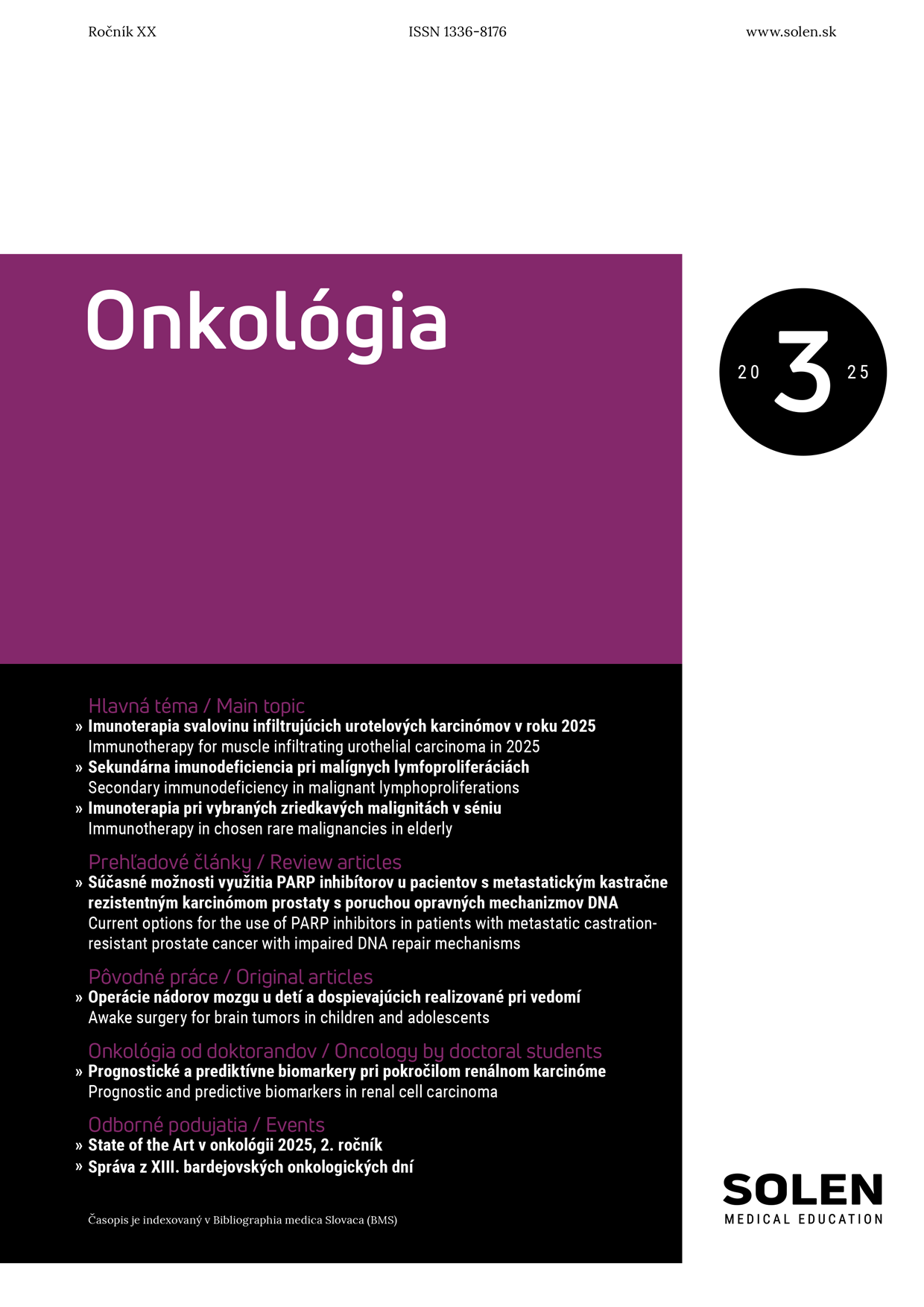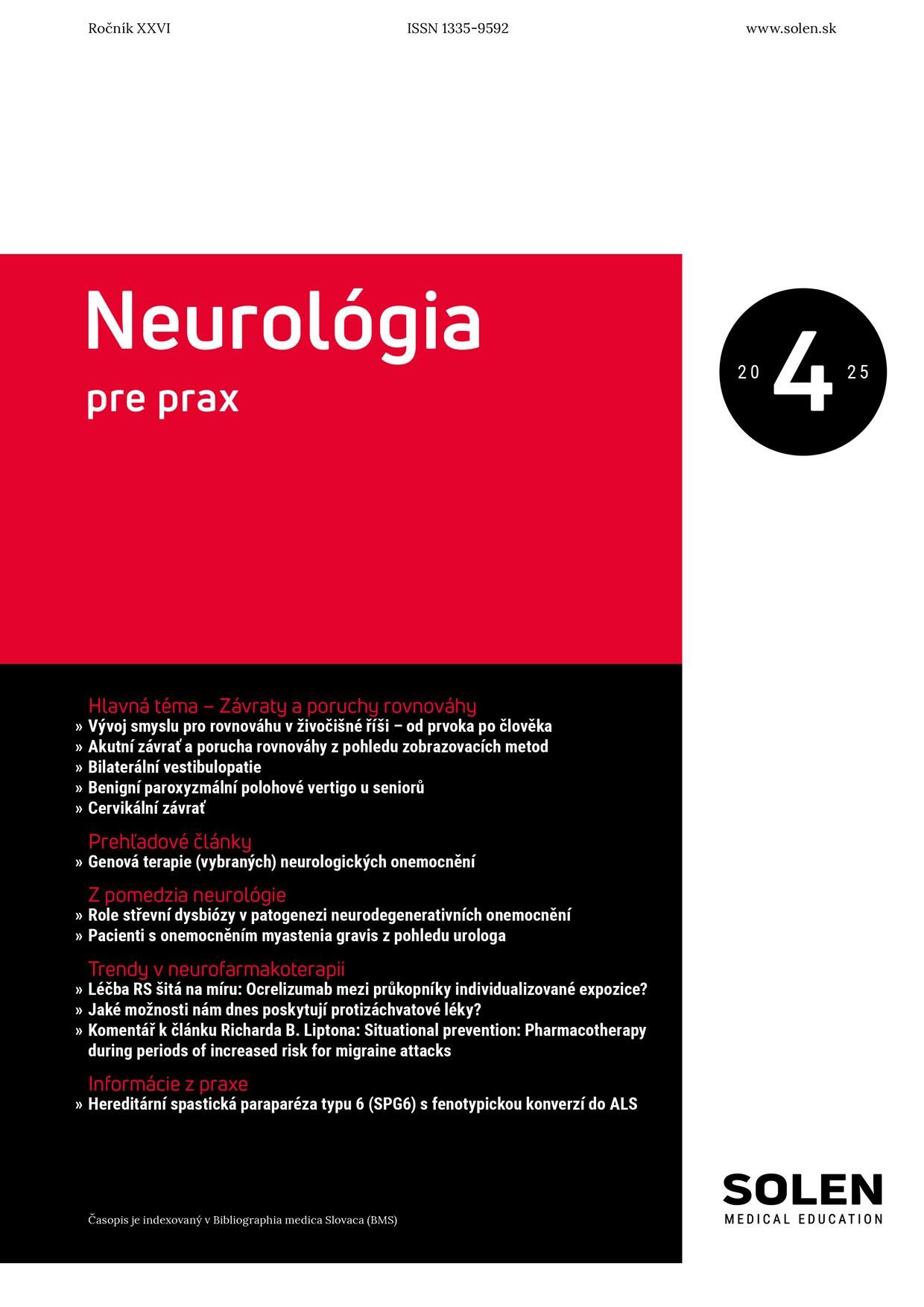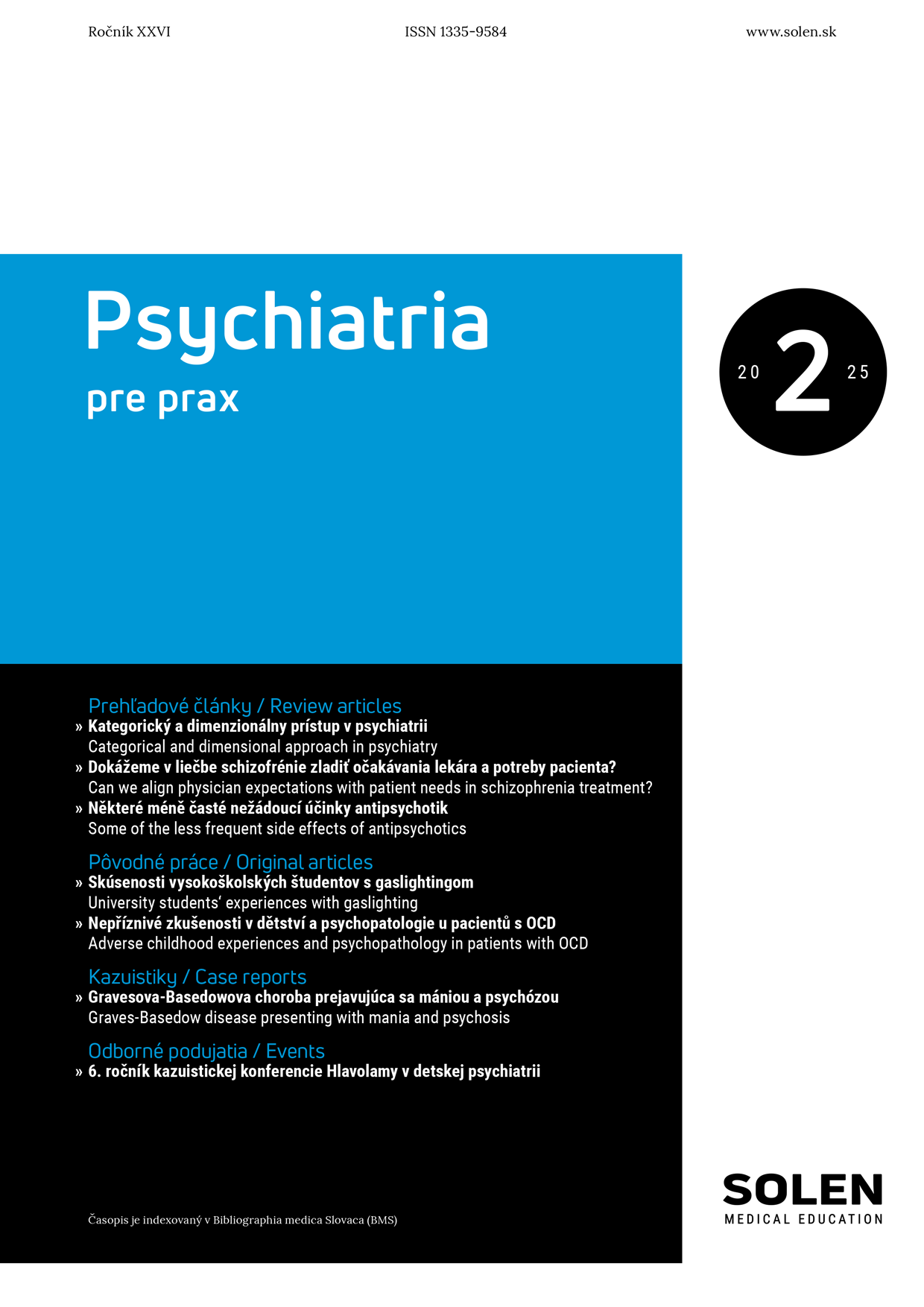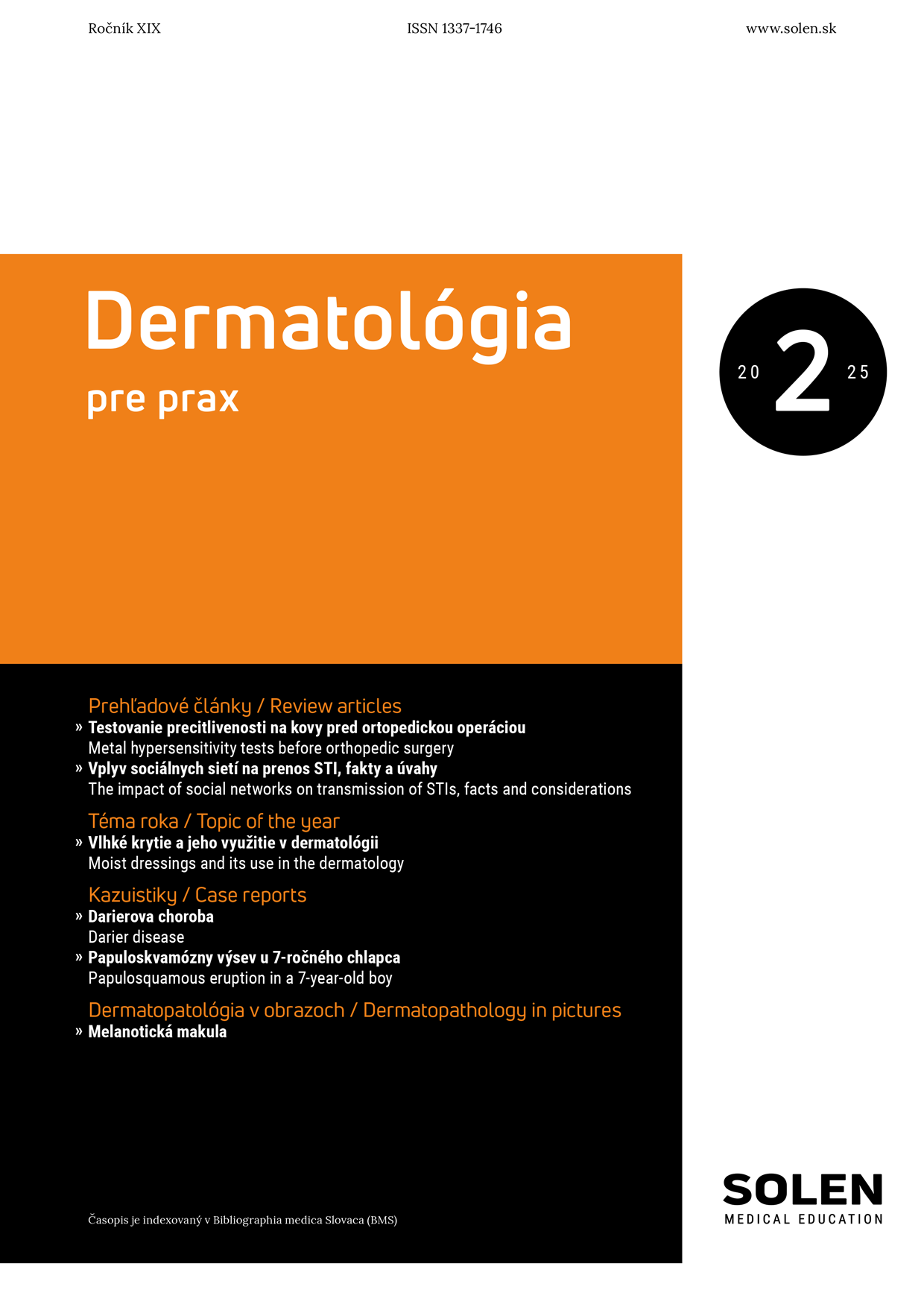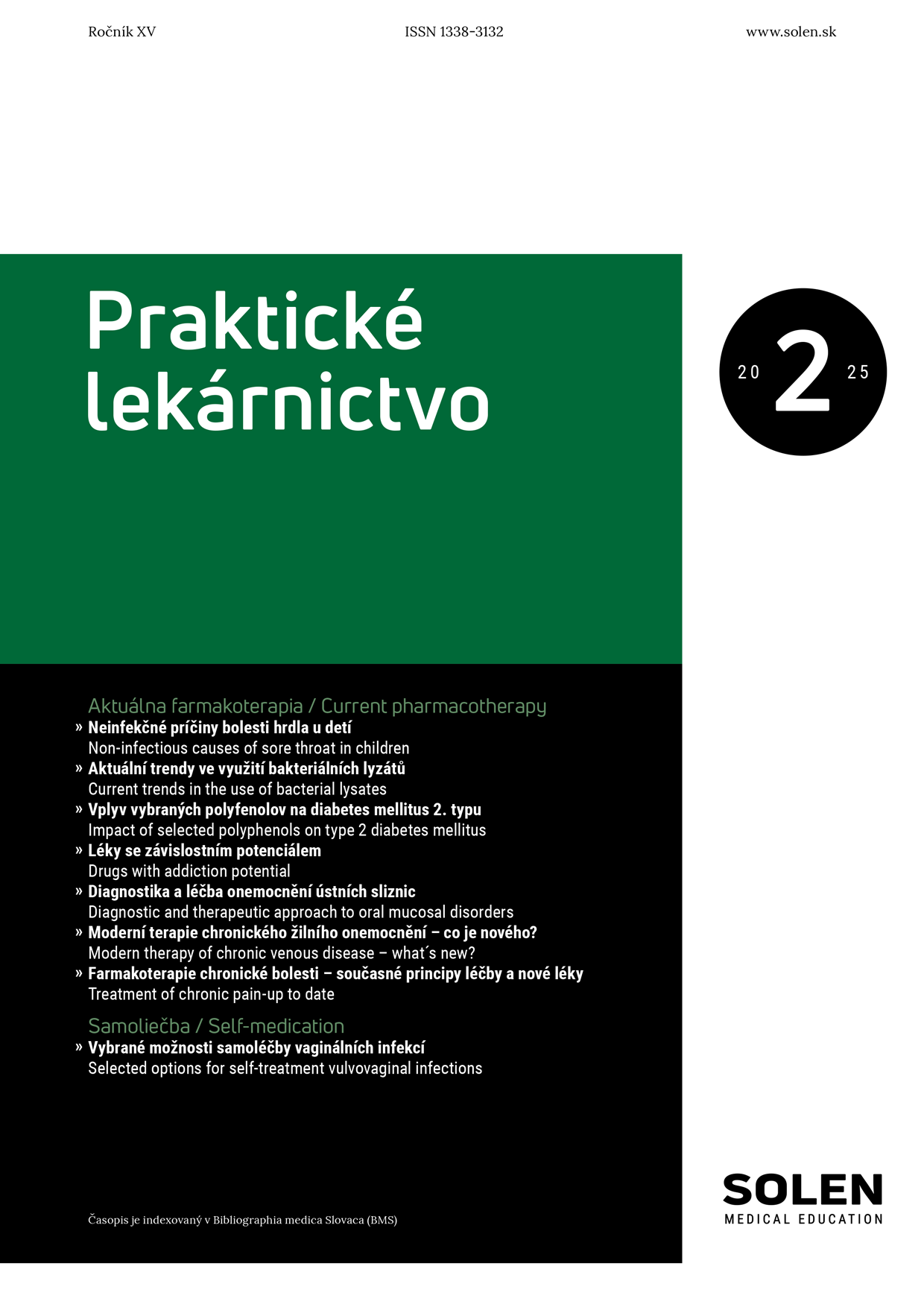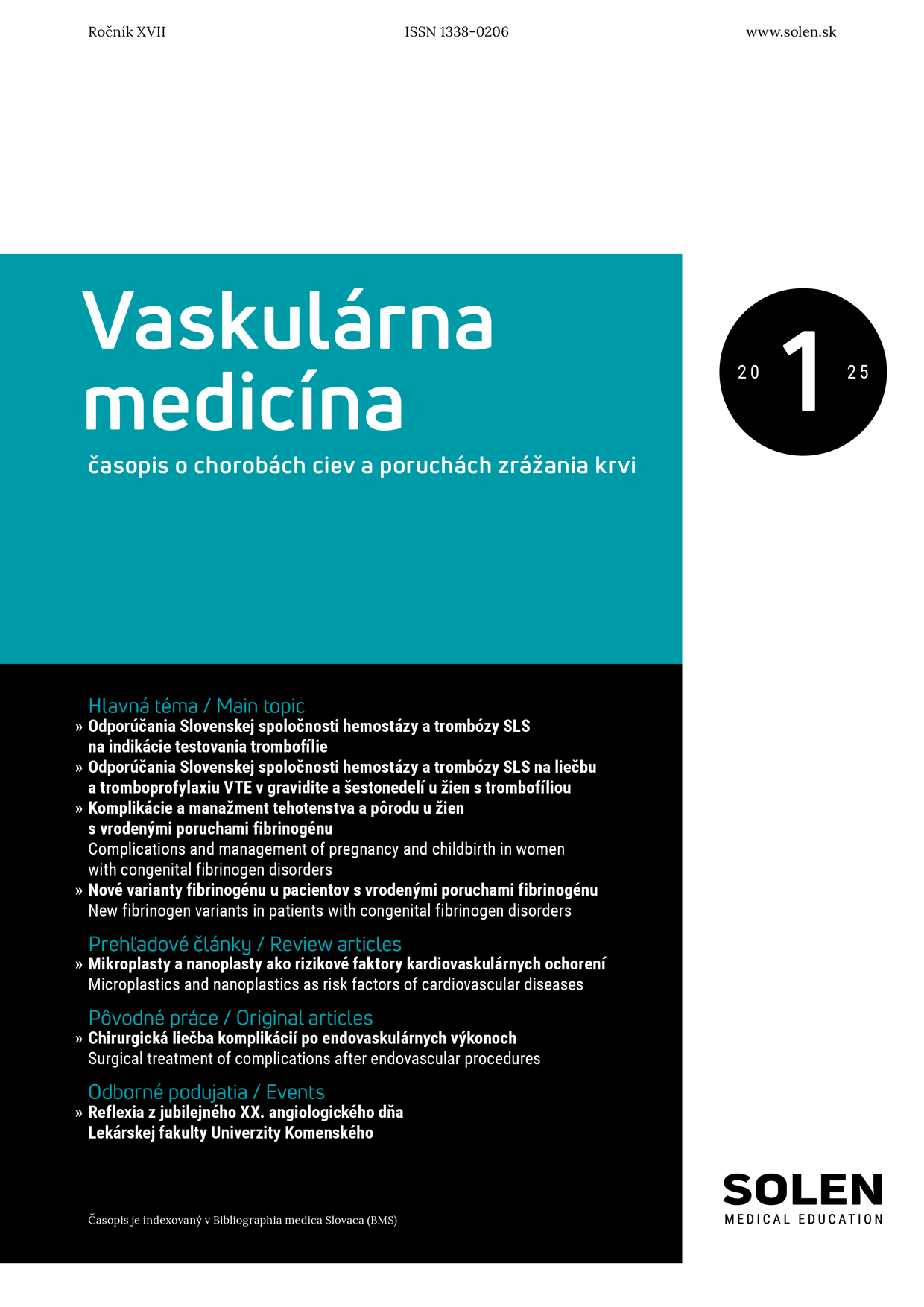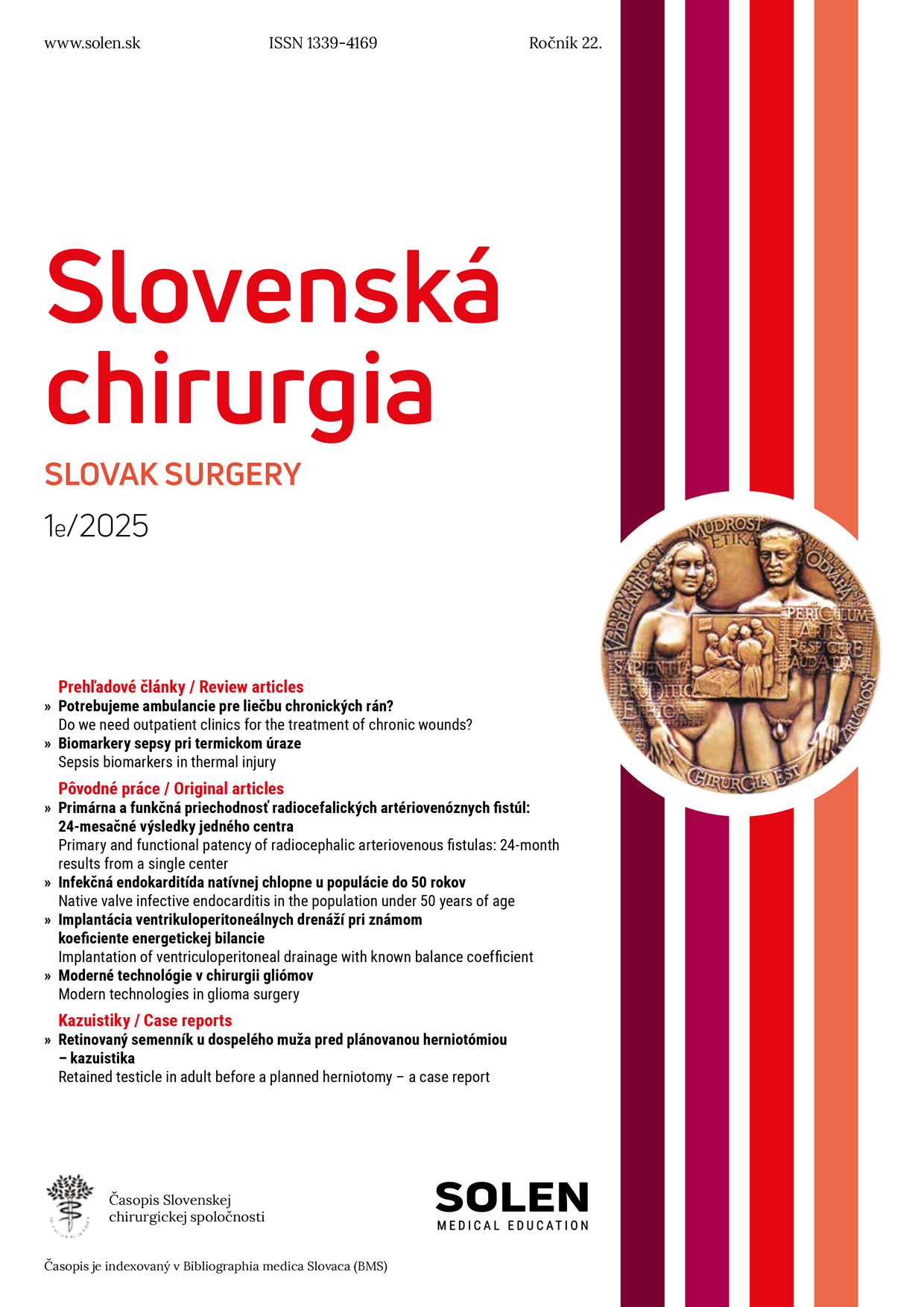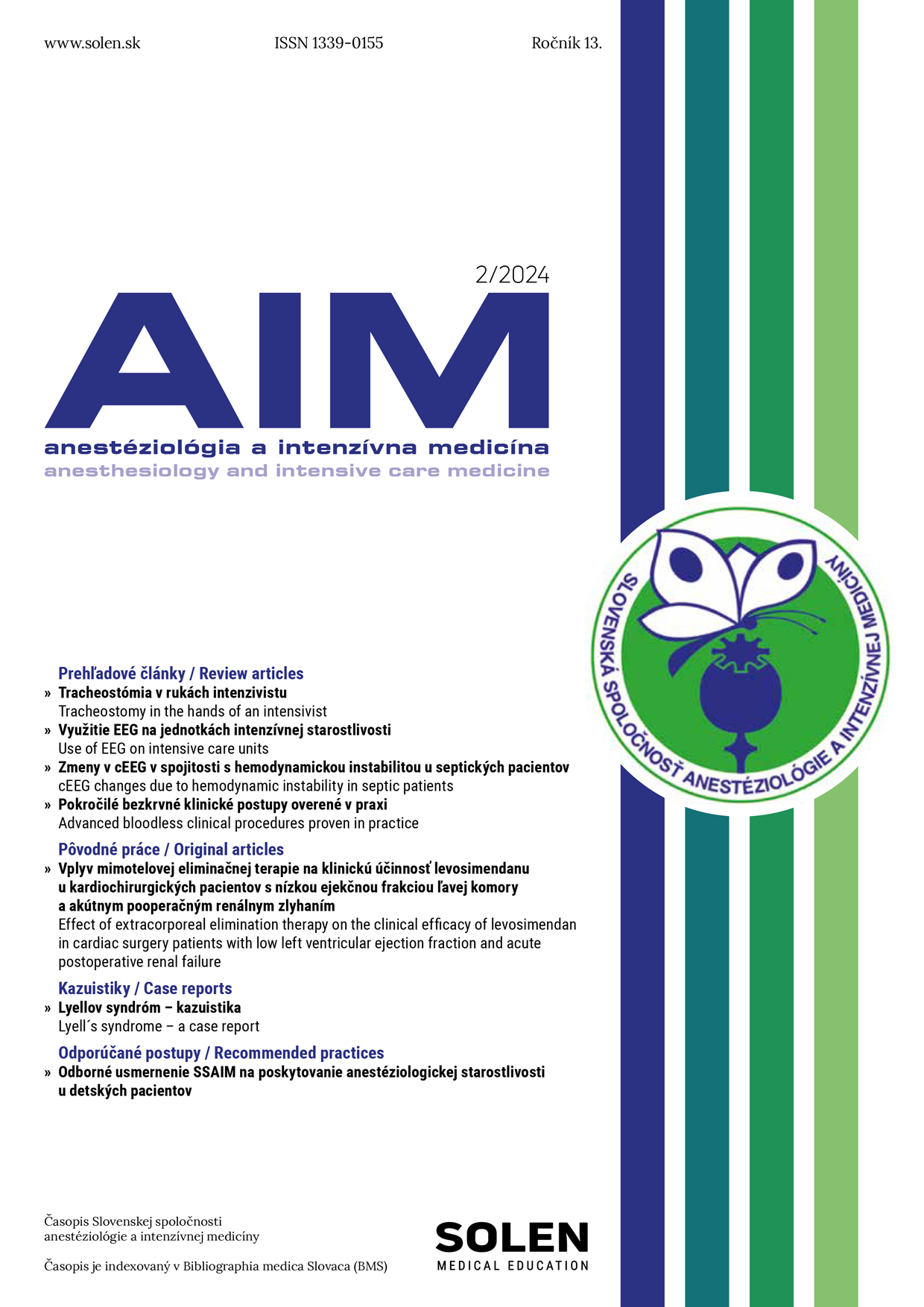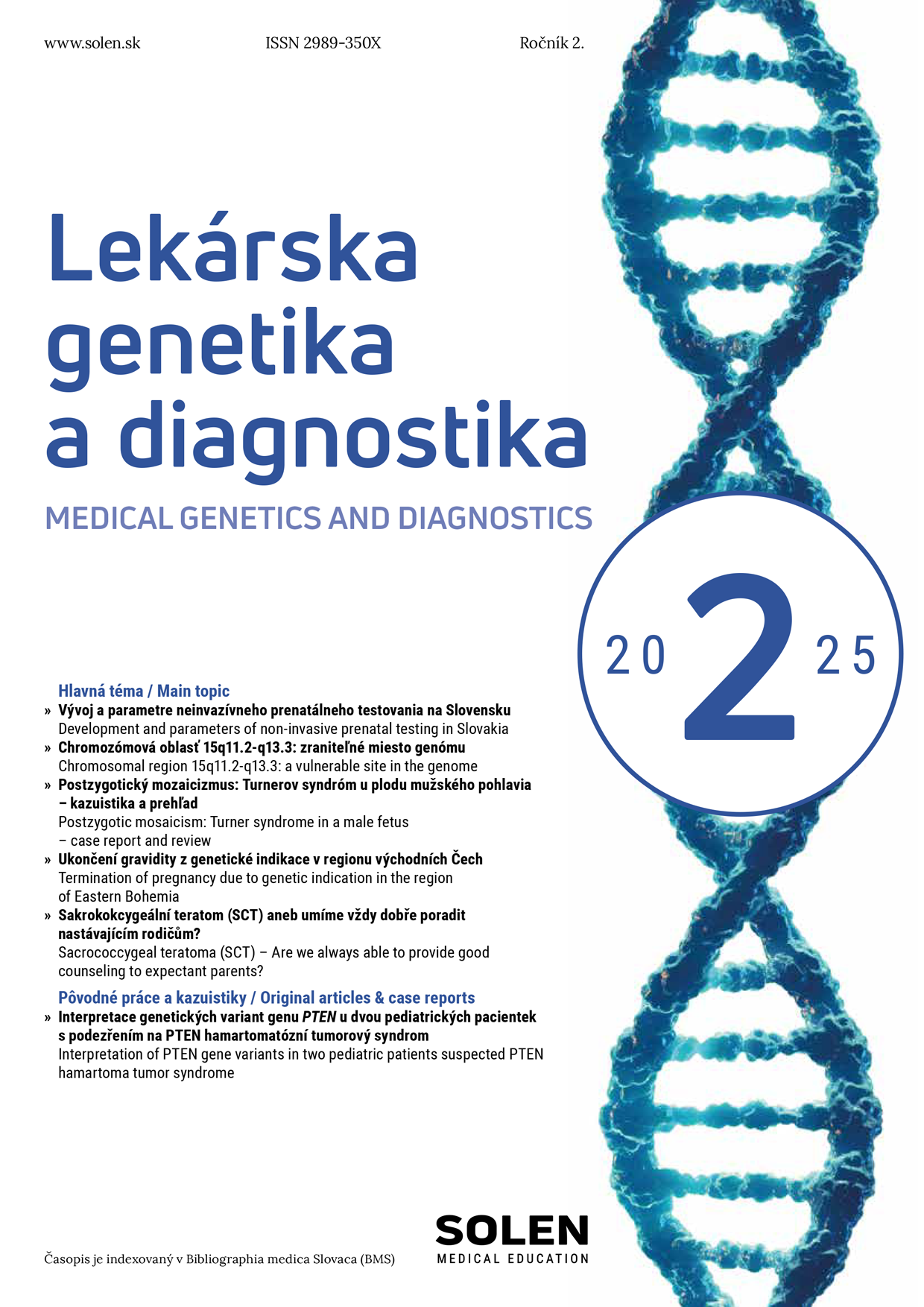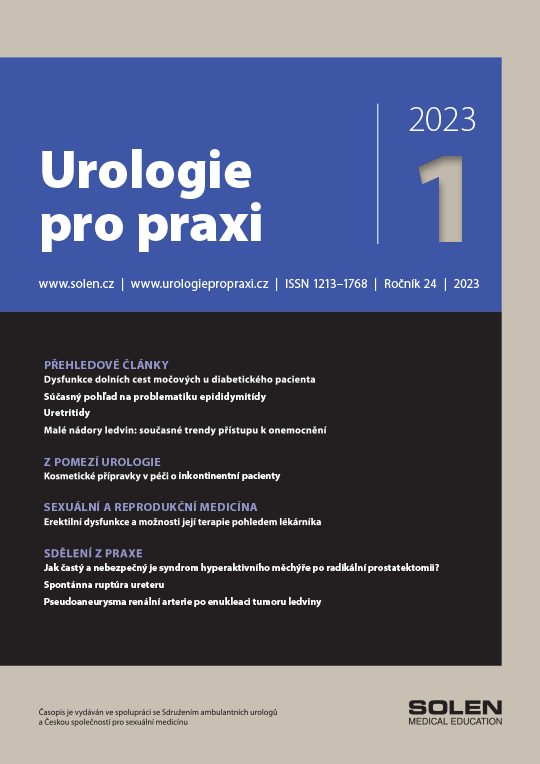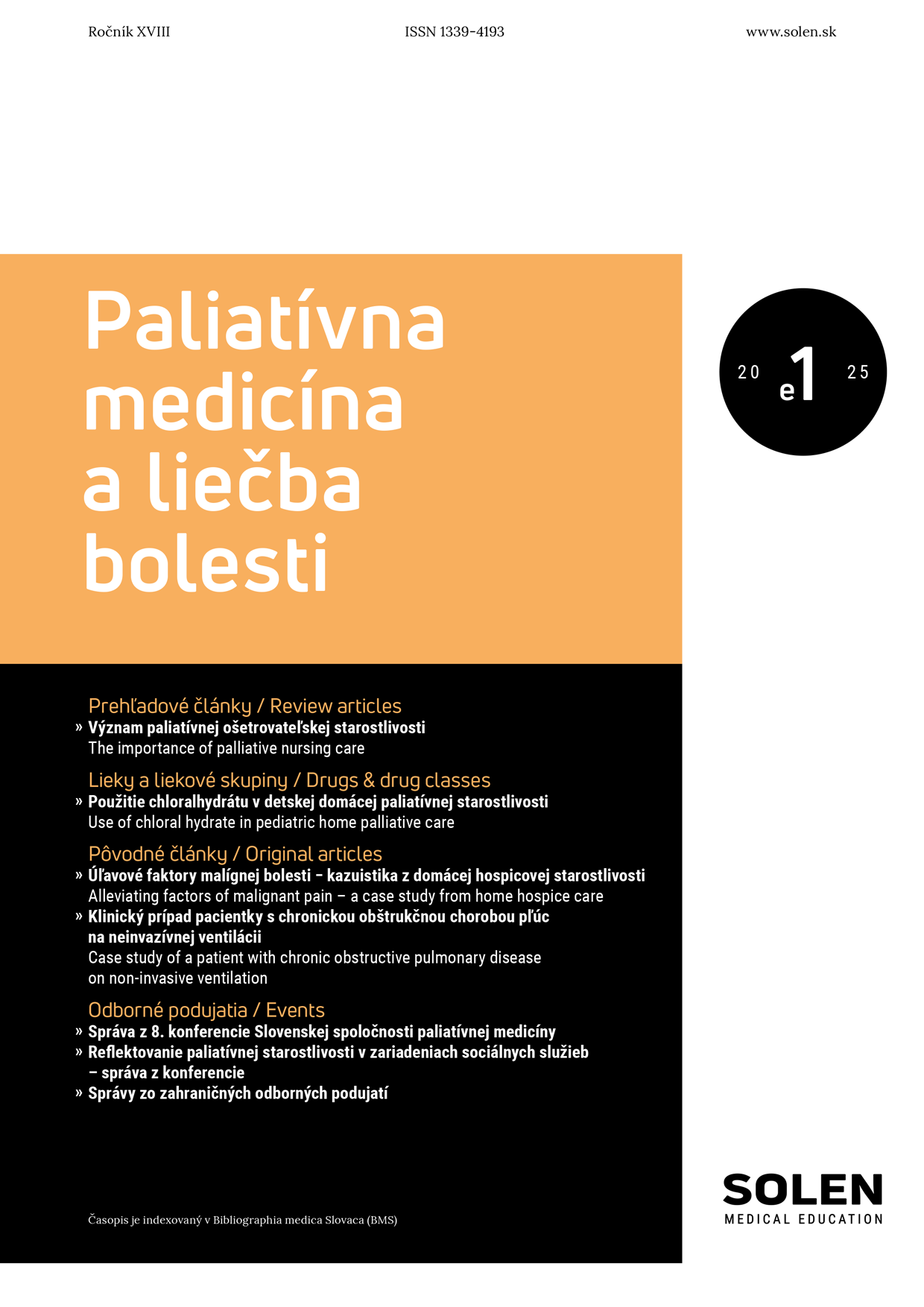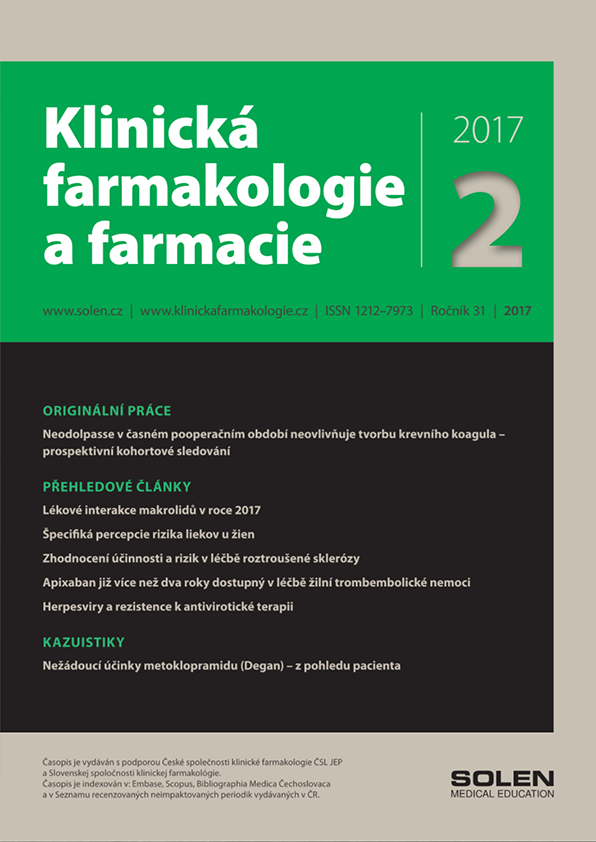Onkológia 5/2023
In vitro cell models and their importance in oncology research
The ability to model cancer in vitro is a basic prerequisite for successful research of cancer pathobiology and the development of efficient therapy. Currently, the emphasis is on the complexity and accurate modelling of the tumour, including the tumour microenvironment. Even the simplest cell models represented by adherent cultures have their place in oncology research, even if they do not sufficiently reflect the plasticity of the internal environment or the original tumour phenotype. In three-dimensional cell cultures, important intercellular interactions remain preserved and mimic the tumour environment better. A physiological concentration gradient of oxygen, pH and nutrients is created in spheroids. Spheroids also resemble solid tumours in growth kinetics, metabolite distribution, and treatment resistance. Organoids are 3D structures with properties similar to the tissue they were derived from. Their cultivation is based on the fact that adult stem cells proliferate and are able to spontaneously self-organize into three-dimensional structures when embedded in a hydrogel rich in extracellular matrix proteins. Tumour organoids are used to test new therapeutic strategies as well as to study disease progression. Organoids are made up of one type of cell. This fact significantly limits them in mimicking the complex microenvironment. This disadvantage can be overcome by the development of complex structures – assembloids. We can define them as organoids formed by spatially organised multiple types of cells, allowing a deeper insight into tissue function. Although the complexity of the topic does not allow us to cover all in vitro systems in detail, our goal is to present the key basic types of these models in the context of cancer research. The discussed models are summarised in the table.
Keywords: cell culture, spheroid, organoid, in vitro


